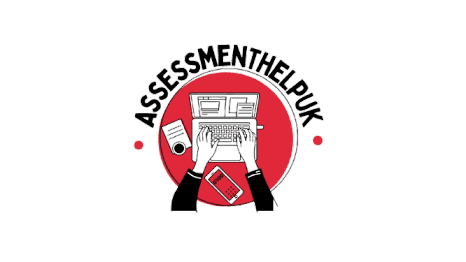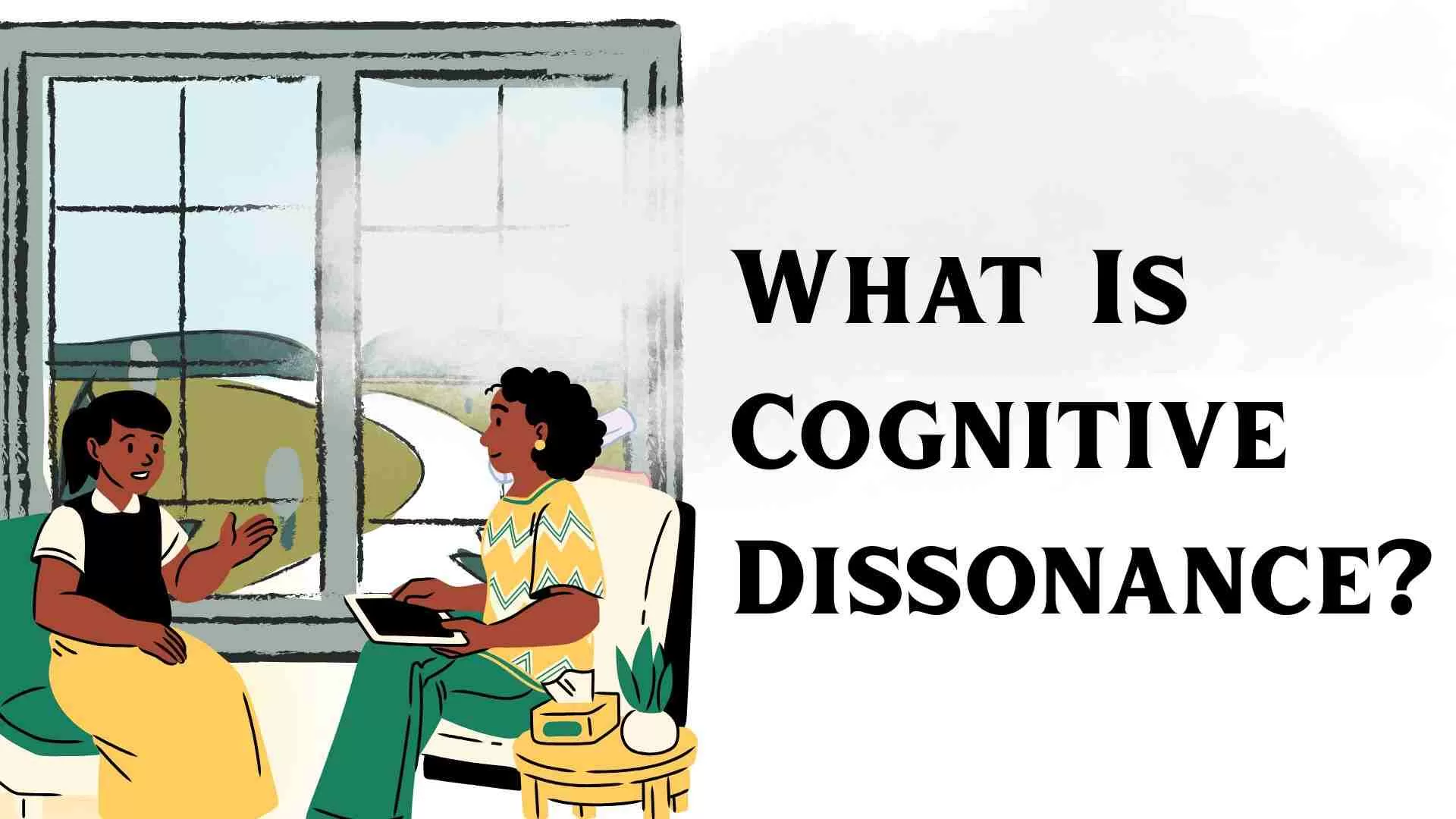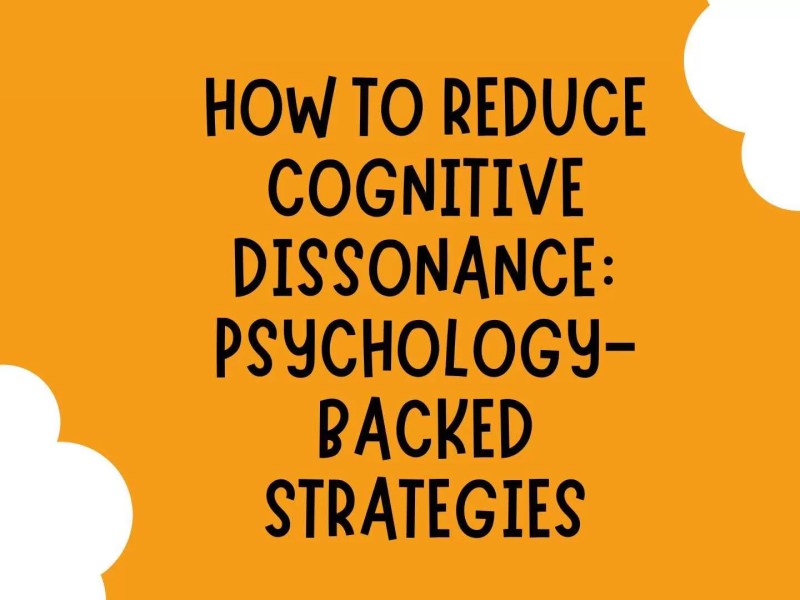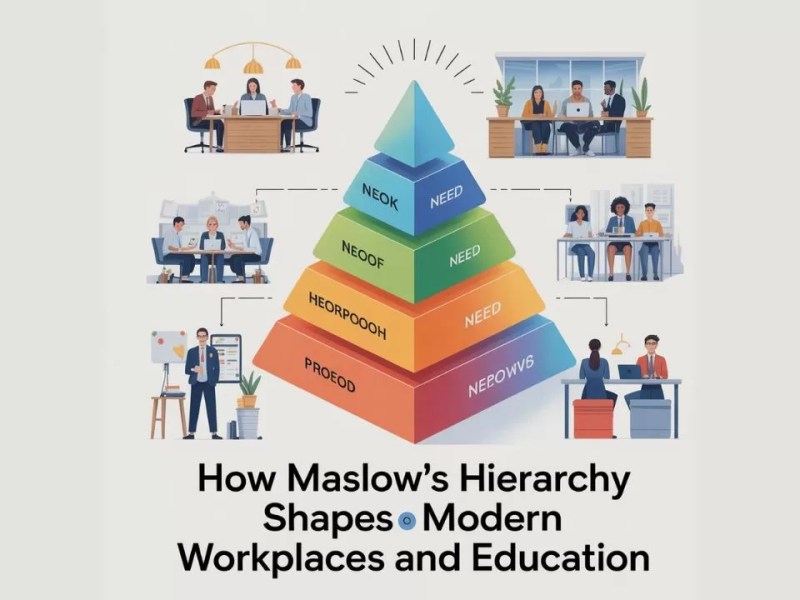We all have been in a situation, defending a choice which we secretly regret, or clinging to a belief that no longer fits our situation. That unease, the tug between what we believe and what we do, is actually where psychology meets reality. Cognitive dissonance isn’t just an abstract term; it’s a universal human experience that shapes how we justify, rationalise, and make sense of the world.
Here, we will be looking at what cognitive dissonance actually means, how it manifests in our daily lives, and why it plays a crucial role in understanding human motivation and behaviour.
Understanding The Concept Of Cognitive Dissonance
Termed by an American Psychologist, Leon Festinger in 1957, cognitive dissonance is the psychological discomfort that arises when our thoughts, beliefs, or even actions collide with each other. It’s the brain’s way of saying that something feels off, and it pushes us, often unconsciously, in order to resolve that tension.
For instance, believing in a healthy living while regularly eating junk food. The conflict of interest between those two ideas does create discomfort, so you might justify it by saying, “I have had a long week; I deserve this.” That little rationalisation is your mind’s attempt to restore internal balance. Cognitive dissonance isn’t restricted to lifestyle choices; it affects decisions in relationships, politics, ethics, work, and self-perception. Any time your values and behaviours collide, dissonance begins to rise.
The Core Components Of Cognitive Dissonance
Usually, psychologists identify three key elements that define this phenomenon, such as:
- Conflicting Cognitions: Two or more opposing thoughts, beliefs, or attitudes.
- Psychological Discomfort: The tension or unease caused by holding those conflicts.
- Motivation To Reduce Dissonance: The internal drive to restore harmony, either by changing beliefs or justifying behaviour.
The Roots of Cognitive Dissonance in Human Psychology
To really know what cognitive dissonance means, we need to see the root where it comes from, our brain’s instinctive need to protect stability and self-image. Humans are made for internal consistency. When our thoughts are valued, we experience harmony; when they collide, tension rises.
This discomfort isn’t just random; it’s a psychological safety mechanism. It’s the mind’s way of signalling that something in our inner narrative doesn’t feel good. The moment that inconsistency surfaces, the brain triggers a drive to restore balance, usually reshaping how we see reality. This also explains why people justify questionable actions or even overlook the evidence that doesn’t align with their opinions. The goal here is self-preservation. We bend facts to protect self-concept and maintain emotional equilibrium.
The Three Common Triggers of Cognitive Dissonance
Cognitive dissonance can arise in countless ways, but psychologists often identify three common triggers that make this mental conflict stand out:
- Decision-based dissonance: Usually takes place after making some of the toughest choices. When two appealing options are available on the table, we do value the chosen one and downplay the rejected one to feel more confident about our decision..
- Effort-based dissonance: The more effort we put into something, the harder it becomes to admit it wasn’t worth it. That’s why people usually stay in unfulfilling jobs or even in relationships, because walking away simply means accepting that their efforts weren’t justified.
- Induced compliance dissonance: Usually happens when we act against our true beliefs, perhaps under severe pressure or obligation. To ease the discomfort, we tend to rationalise the action as acceptable or even necessary at this point.
The Subtle Power of Dissonance in Everyday Life
What really makes cognitive dissonance even more iconic is the quality of being so understated. It doesn’t need to put on a banter or announce itself loudly; it’s there, it hides in justifications, excuses, and emotional discomfort. Yet, it silently influences how we spend, vote, and even learn. By recognising its triggers, we gain more control over our thought patterns and the ability to make choices that align with who we truly are, not just who we convince ourselves to be.
How Cognitive Dissonance Influences Behaviour
Cognitive dissonance not only lives in theory, but it quietly counts on real-life decisions multiple times. From consumer behaviour to maintaining workplace ethics, this psychological tug-of-war affects what we say, buy, and believe.
At its core, dissonance is all about maintaining emotional comfort. When people encounter information that contradicts what they used to believe, they experience a subtle sense of anxiety. Instead of confronting the contradiction, they may interpret facts or even seek validation from like-minded sources.
Let’s talk about an example here: someone who takes pride in environmental awareness but also drives a petrol-heavy car. To get rid of the tension, they may focus on the recycling habits or might claim that electric cars are “too expensive for now.” And in that moment, the person isn’t being dishonest, their mind is just protecting their self-concept.
The Role of Justification and Rationalisation
One of the defining moments of cognitive dissonance is how people justify their inconsistencies. Psychologists refer to this as a rationalisation loop, a defence mechanism that keeps self-esteem bound in one place.
We usually tell ourselves stories that make our actions look more reasonable, such as:
- “I didn’t have time to prepare properly.”
- “Everyone else does it too.”
- “It’s not really that important.”
The Connection Between Belief and Identity
Beliefs are deeply attached to our sense of identity; that’s why dissonance hits hard when the belief is personal. Changing one’s mind about a trivial topic is quite easy; questioning a long-held worldview can feel more like a threat to oneself. This also explains why debates, social divisions, or ideological conflicts can become more charged. When someone challenges a belief attached to who we are, the brain not only proceeds, but sees it as a disagreement, more like a threat. Knowing this link enables us to react with empathy toward others as well as toward ourselves. The first step in thinking more critically, speaking more honestly, and living with more self-consciousness is recognizing dissonance.
The Real-World Impact of Cognitive Dissonance
At first, cognitive dissonance may sound like some random psychological concept, but its effect goes far beyond the four walls of your classroom or therapist’s office. Without even making you feel, it changes our career, relationships, and even changes collective behaviour as a society. Identifying how this happens can actually transform the way we think and interact.
In Decision-Making and Leadership
Each and every decision, whether big or small, carries a mental price tag. When the outcome doesn’t align with what you expected, that uneasy dissonance creeps in. Leaders and professionals face this tension whenever a strategic choice doesn’t accomplish the desired results. Instead of knowing the error, some may even double down on the failed strategies in order to protect their name or even justify their previous investments. It’s one of those classic cases of the “sunk cost fallacy” embracing cognitive dissonance. Yet, great leaders do the complete opposite; they seek discomfort as feedback.
In Relationships and Personal Identity
Think about a partner who feels unvalued but somehow convinces themselves that “it’s not a big deal, I’m okay.” Or someone who strives to pursue a career that no longer inspires them, telling themselves they’re just being “practical.” These small acts of self-justification may seem harmless at first, but with time, they create an emotional mess and inner conflict.
In Society and Culture
Looking at the bigger picture, cognitive dissonance affects how communities and cultures evolve. Whenever new ideas challenge traditional norms, society resists even before accepting the changes. From shifts in social justice to being aware of the climate, dissonance can be seen as denial or defensive, but eventually it drives a collective transformation.
This turns cognitive dissonance into a contradictory force: essential though unpleasant. Progress would not exist without it. That inside conflict between what is and what should be marks the beginning of every moral movement, reform, and invention.
Finding Clarity Through Inner Conflict
Cognitive dissonance sometimes feels like a flaw in human reasoning, but it’s actually a proof of our capacity for growth. That mental tension, the constant fight between belief and behaviour, isn’t something to suppress. It’s a mirror, showing where we’re out of alignment and quietly urging us to evolve with time.
Turning Dissonance Into Direction
Cognitive dissonance isn’t an opponent of peace; it’s the architect of clarity, it shows us the gap between what we believe and how we live, urging us to act with more honesty and alignment. In a world that is full of contradictions, knowing this inner conflict helps us to lead with more honesty and integrity.
If you’d like to take this understanding a step further, explore how to manage and resolve this psychological tension in our next piece: Click here to read our expert’s guide. Knowing what cognitive dissonance is only half the journey; the other lies in transforming it into calm, conviction, and clear direction.
FAQs
What is cognitive dissonance in simple terms?
Cognitive dissonance is the mental discomfort you feel when your thoughts, beliefs, or actions don’t align, like knowing something’s wrong yet doing it anyway.
What causes cognitive dissonance?
It’s triggered when we hold two opposing ideas or make choices that conflict with our values, creating tension that the brain tries to reduce through justification or rationalisation.
How does cognitive dissonance affect decision-making?
It can lead people to justify poor choices, ignore evidence, or double down on beliefs to protect their self-image and avoid admitting mistakes.
Can cognitive dissonance be positive?
Yes, it can spark self-reflection and growth. The discomfort often motivates people to change behaviours or beliefs for better alignment and authenticity.
What are common signs of cognitive dissonance?
Defensiveness, guilt, avoidance, or making excuses are typical signs that your actions or beliefs are in conflict.
How long does cognitive dissonance last?
It lasts until the inconsistency is resolved, either by changing your behaviour, altering your belief, or finding a mental balance between the two.



